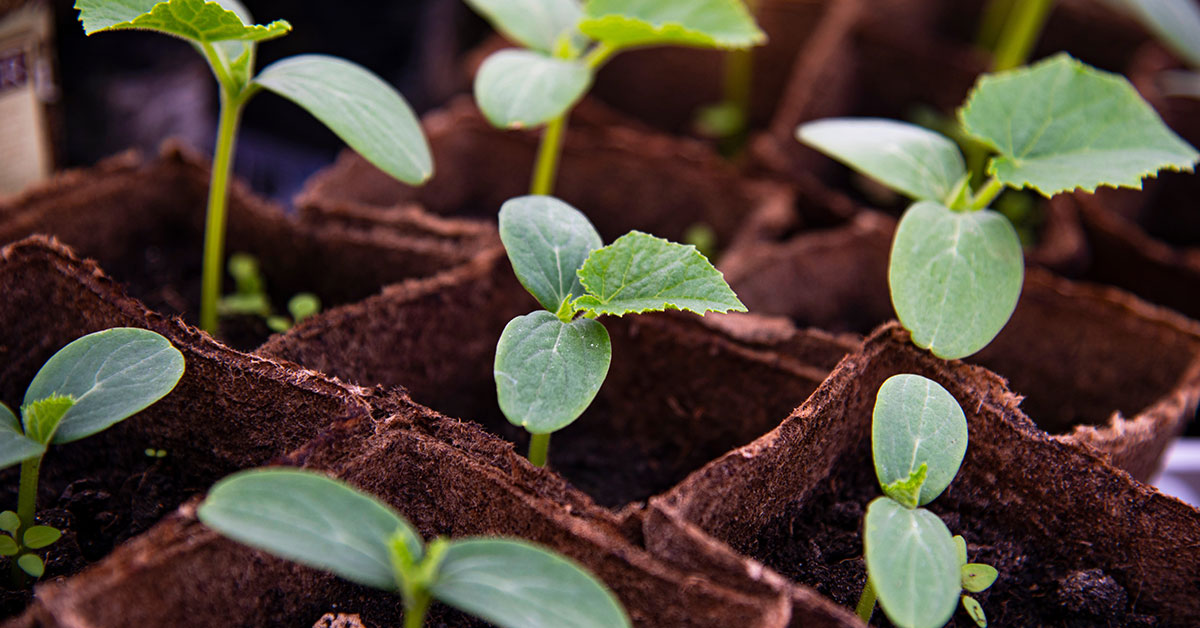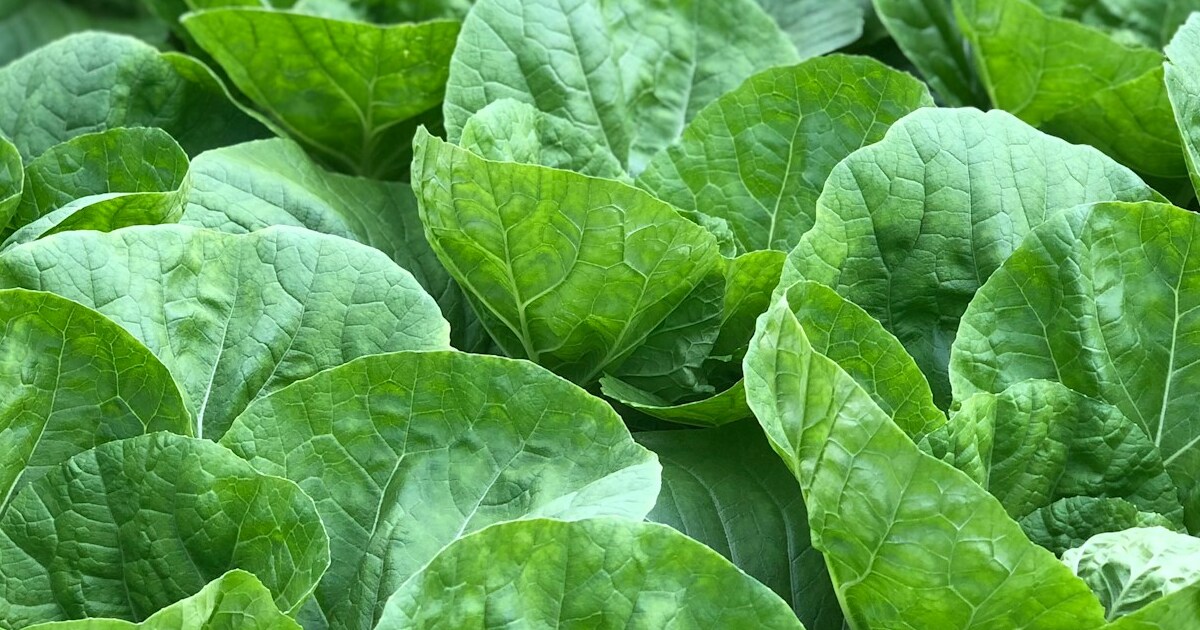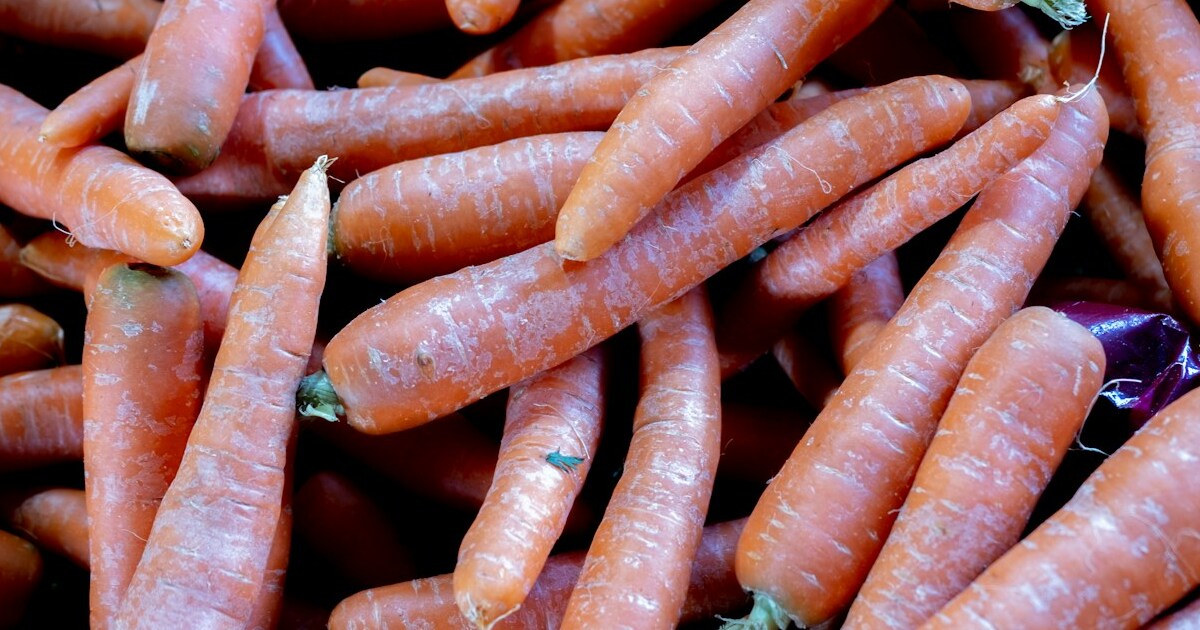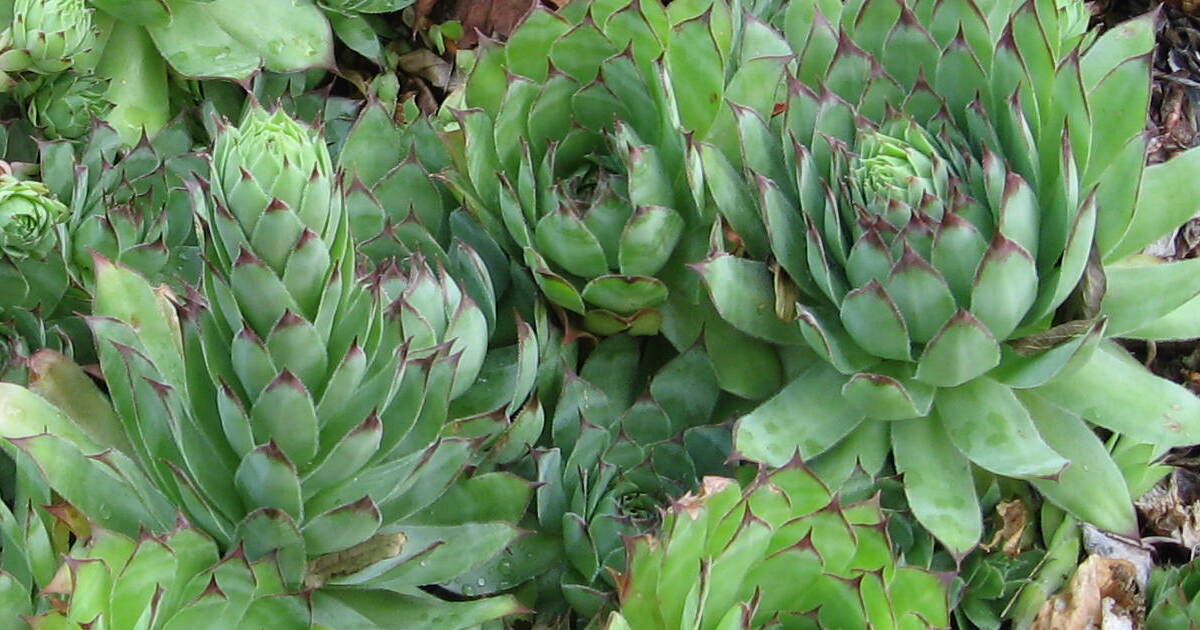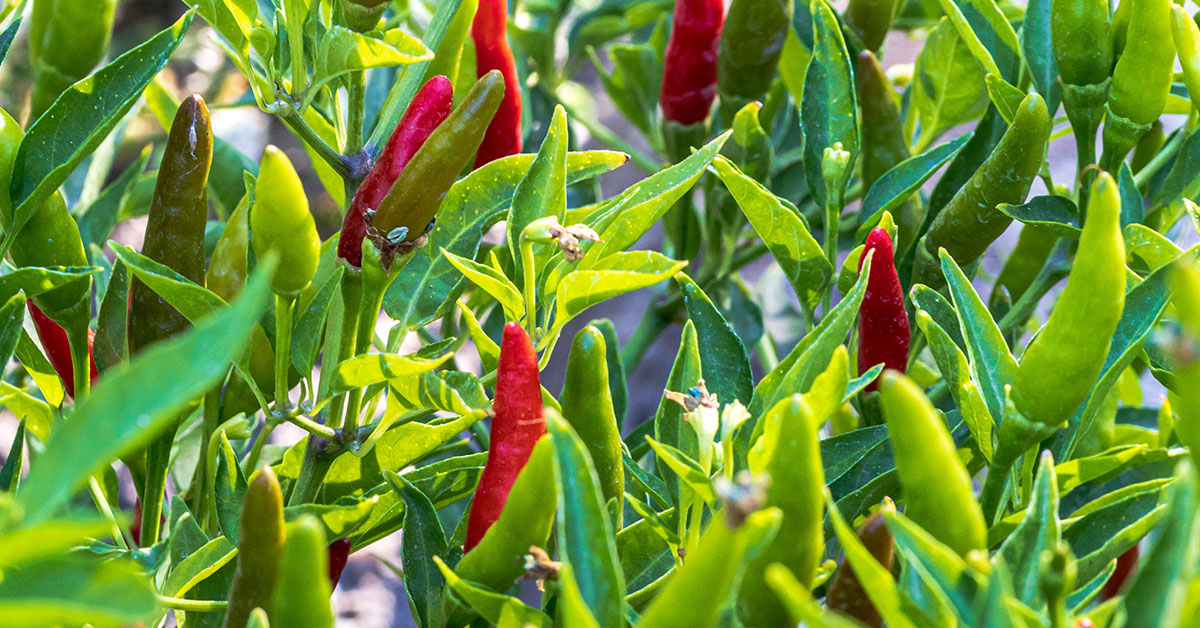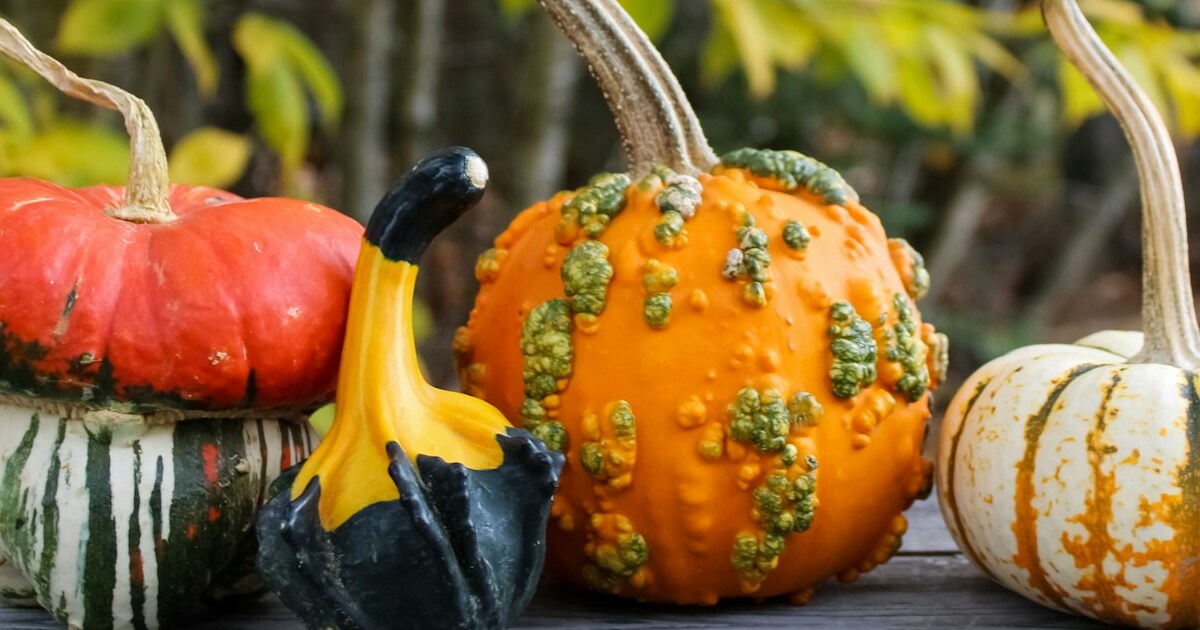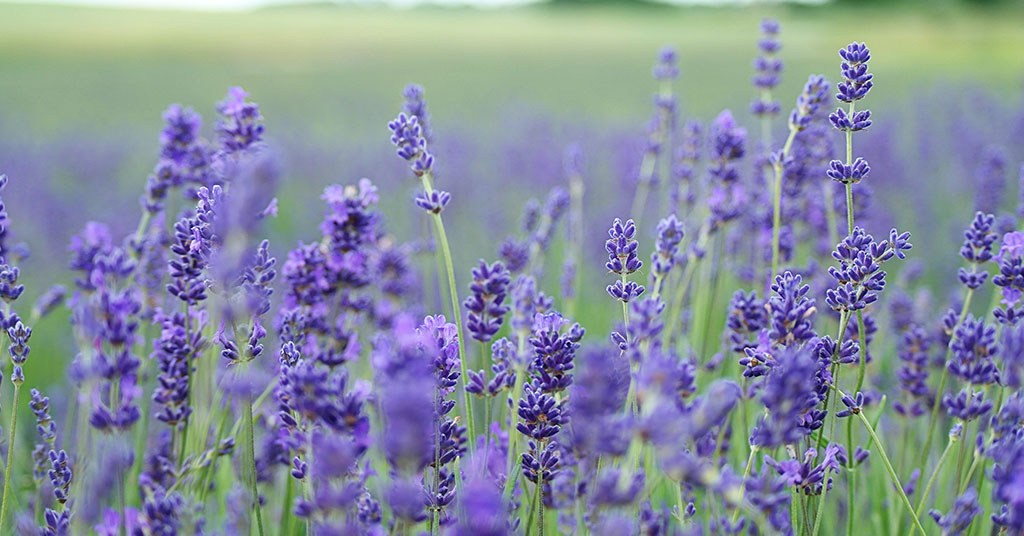Knowing the importance of planting cucumbers in zone 7 at the right time to maximize the yield and health of your cucumbers will guarantee the success of your garden. Zone 7 encompasses regions with a moderate climate, characterized by mild winters and warm summers. Knowing the ideal planting window is crucial to ensure a successful cucumber harvest.
Whether you are a novice gardener or a seasoned pro, this article will provide you with valuable insights and tips to help you make the most of your cucumber-growing season in zone 7.
Best varieties of Cucumbers for zone 7
In zone 7, you have a wide range of cucumber varieties to choose from. Here are a few popular and reliable options:
- ‘Marketmore 76’: This is a classic slicing cucumber that performs well in zone 7. It produces dark green, straight fruits that are about 8-9 inches long. It has excellent disease resistance and is known for its high yields.
- ‘Straight Eight’: Another popular variety, ‘Straight Eight’ is an heirloom cucumber that is known for its uniform shape and excellent flavor. It produces straight, medium-sized fruits that are perfect for slicing.
- ‘Lemon’: If you’re looking for something a little different, ‘Lemon’ cucumbers are a fun choice. These small, round cucumbers have a yellow color and a mild, sweet flavor. They are great for snacking or pickling.
- ‘Pickling’ cucumbers: There are several varieties of cucumbers specifically bred for pickling. Such as ‘Boston Pickling’, ‘National Pickling’, and ‘County Fair’. These cucumbers are typically smaller, with a crisp texture and excellent flavor.
- ‘Bush’ or ‘Patio’ cucumbers: If you have limited space or prefer to grow cucumbers in containers, consider compact varieties like ‘Bush Champion’ or ‘Patio Snacker’. These varieties produce shorter vines and are well-suited for small gardens or patio containers.
Remember to check the specific growing requirements for each variety, including sun exposure, watering needs, and trellising options. Happy gardening!
When to plant Cucumbers in zone 7
In gardening, understanding the hardiness zones can greatly assist in determining the appropriate timing for planting various crops. Zone 7 is known for its moderate climate, with average minimum winter temperatures ranging from 0 to 10 degrees Fahrenheit (-17 to -12 degrees Celsius). This zone encompasses areas of the United States such as parts of the Pacific Northwest, the Midwest, and the Mid-Atlantic region.
When it comes to cucumbers, they are warm-season vegetables that thrive in temperatures between 70 and 95 degrees Fahrenheit (21-35 degrees Celsius). It is important to wait until all danger of frost has passed before planting cucumbers. They are extremely sensitive to cold temperatures.
For zone 7, the recommended time to plant cucumbers is typically after the last frost date, which varies depending on your specific location. As a general guideline, the last frost date in zone 7 usually falls between mid-March to mid-April. However, it is always advisable to consult your local agricultural extension office or a reputable gardening resource to get the most accurate and up-to-date information on your specific region.
To give cucumbers a head start, you can start seeds indoors about 3-4 weeks before the last frost date. This allows the seedlings to develop and become strong before transplanting them into the garden. When transplanting, make sure to harden off the seedlings by gradually exposing them to outdoor conditions over a period of 7-10 days before planting them in the ground.
In zone 7, cucumbers can also be directly sown into the garden once the soil temperature reaches around 60 degrees Fahrenheit (15 degrees Celsius). This usually coincides with the time when the danger of frost has passed.
To ensure successful cucumber growth, it’s important to provide them with well-drained soil rich in organic matter, ample sunlight (at least 6-8 hours a day), and consistent moisture. Regular watering, mulching, and providing support for climbing varieties are essential practices to promote healthy cucumber plants.
When to harvest Cucumbers in zone 7
In zone 7, the optimal time to harvest cucumbers is typically when they reach their mature size and have a dark green color. It’s important to regularly check your plants for ripe cucumbers as they can quickly become overripe and lose their crispness. Most cucumber varieties are ready to be harvested around 50 to 70 days after planting. Refer to the specific recommendations provided by the seed packet or plant label. Additionally, if you notice any yellowing or shriveling of the cucumber, it’s a sign that it’s past its prime and should be harvested immediately.
Other considerations for growing Cucumbers
In addition to the basic requirements for growing cucumbers, such as adequate sunlight, well-drained soil, and regular watering, there are a few other considerations specific to growing cucumbers in zone 7:
- Temperature: Cucumbers thrive in warm temperatures, so it’s important to monitor the temperature in zone 7. Plant cucumbers when the soil temperature reaches about 60°F (15°C) and the danger of frost has passed. Cucumbers prefer daytime temperatures between 70-85°F (21-29°C) and nighttime temperatures above 60°F (15°C). If temperatures drop significantly, you may need to protect your cucumber plants with row covers or cold frames.
- Heat and humidity: Zone 7 can experience hot and humid summers, which can create favorable conditions for diseases like powdery mildew and fungal infections. To prevent these issues, consider planting disease-resistant cucumber varieties and providing good air circulation around the plants. Water the plants at the base rather than overhead to minimize moisture on the leaves. Mulching around the plants can also help maintain soil moisture and prevent weed growth.
- Pest control: Various pests can be a challenge when growing cucumbers. Common pests include cucumber beetles, aphids, and spider mites. Regularly inspect your plants for signs of infestation and take appropriate measures. Such as using row covers, handpicking pests, or applying organic insecticides. Companion planting with marigolds, nasturtiums, or herbs like dill and basil can also help deter pests.
- Trellising: Cucumbers have a vining habit. Providing a trellis or support structure can save space in your garden and improve air circulation around the plants. Trellising also helps keep the cucumbers off the ground, reducing the risk of rot and disease.
- Succession planting: To ensure a continuous harvest throughout the growing season, consider succession planting. Start new cucumber plants every few weeks, allowing for a staggered harvest and avoiding a glut of cucumbers at once.
By considering these factors, you can increase your chances of a successful cucumber harvest in zone 7.


